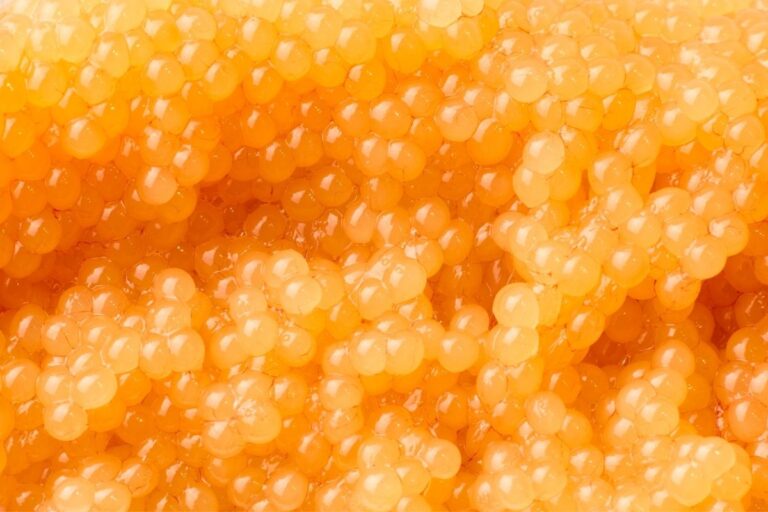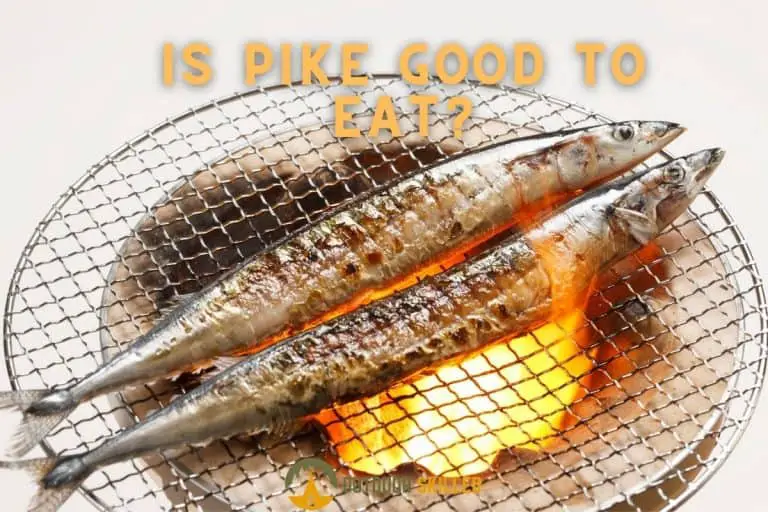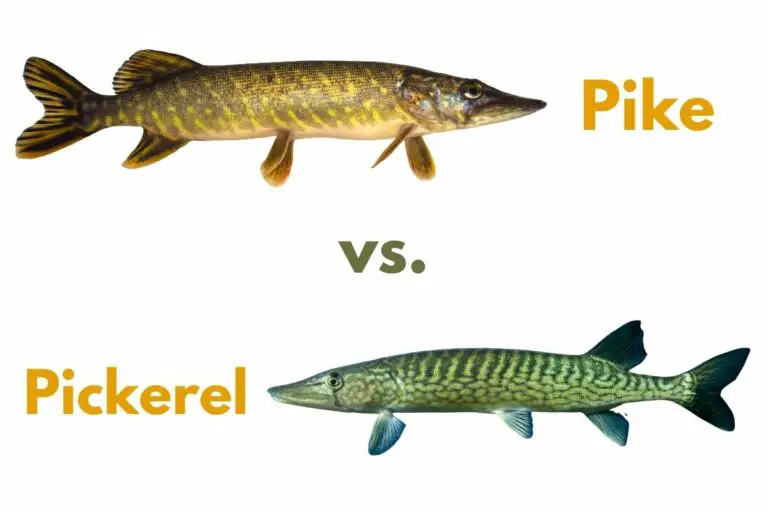Can You Catch Pike in Winter? Get Trophy Pikes With Ice Fishing
Pike is one of the most popular game fish in the world. They put up a huge battle and make your fishing experience more exciting than ever. But like some fish, they get a little slower and lethargic in colder temperatures but does that make them impossible to catch?
Can you catch pike in winter? Yes, you can catch pike in winter. However, it may take some time and a change of tactics to get it to bite on your lure, as the pike’s metabolism tends to slow down when the water temperature drops in the winter making it quite lethargic.
Pike may need a little effort during winter to get them on the hook, but with these tips I’m about to give you, you can maximize your chances of getting trophy pike in chilly weather.
Table of Contents
Is Pike Active in Winter?

Pike tend to be a little slower in winter than other seasons but they remain relatively active. During the winter months, the water temperatures drop down to various levels, and although pike are cold lovers, they can’t help but feel slower than usual.
The reason behind this is that lower water temperatures slow down the metabolism of the pike resulting in the pike being very lethargic and much less likely to chase a lure. But that doesn’t mean it’s impossible to successfully catch a trophy one during winter months, you just need to prepare yourself with the right tactics to get them to bite.
How to Catch Pike in Winter
Gear
You should carefully pick your arsenal when you go ice fishing for pike in winter. It’s the first thing you rely on to catch a trophy one.
The medium-heavy fast action rod and the 6-to-8 gear ratio reel will allow you to be in control. Most anglers prefer to use 80 lb braided lines with a 100 lb fluorocarbon leader when fishing predator fish like pike. The leader acts as a bite guard, so you wouldn’t worry about losing your favorite bait to a pike bite.
It can be difficult to choose the right kind of gear with the plethora of options available, so I’ve made it easier for you by creating a complete guide with everything I’ve learned over the years, and you can check out my recommended Ice Fishing Rods here.
Presentation
The most popular way to get pike on ice is using tip-ups. Use a treble hook and any bait of your choice on a tip-up.
Jigging is also a popular method for catching pike as well. Let’s be honest it’s even more fun than any other way used in ice fishing. In this case, you can jig for pike by raising your rod tip about a foot (30 cm) or more, then dropping it back down and repeat till you get a strike.
Prime spots
The most important key to finding pike in winter is accurately locating where they roam. Since pike are less energetic during winter, they’re likely to spend less time moving around and hunting and start to look for an easy meal by staying where their prey is.
Do your best to locate the likes of bream and roach to maximize your chances of catching pike. You can use GPS devices to help you detect fish markings and make the first step of your mission much easier.
The ideal depth for fishing for pike in winter is around 6-to-12 ft (about 1.8-to-3.5 meters) into the water. The wide range of depths gives you the advantage to vary the depths of the holes you drill to optimize your chances.
Pro-tip: 15 to 20 is the ideal number of holes to drill. Vary their depths and keep moving between them to ensure a catch.
Areas that have structures like points, breaks, rock piles, margins, inlets, gravel bars, hanging trees, and humps will also offer great opportunities for you to find pike; they won’t be far from these areas as they roam around them to feed.
During early winter ice, pike tends to stay in shallow water accompanied by weed edges, points, and bars. But as we move further into winter, it’s advisable to try fishing outside weed edges and offshore humps and bars for better chances.
Best time of the day
The best time to ice fish for pike is within the first two hours after sunrise and two hours before and after sunset. Both dusk and dawn are great choices when it comes to catching them. But if you can’t stay the whole night to try both, which one is more effective and works best for you?
Dawn
Fishing two hours after sunrise can guarantee catching bigger pike. They’re active during this time of the day and many anglers like to make use of this fact. One of the best ways to make the best out of this time of the day is to wake and get prepared one hour before sunrise.
Arriving at the lake and drilling your holes 30 minutes before the sun starts to appear is essential to ensure that you’re done drilling before the fish are active not to spook them.
Vary your retrieve during this time of the day, the most popular technique is to be fast with hot lure action to entice the fish to catch it.
Dusk
The two hours before and after sunset are prime times for catching different species of fish. Crappie and walleye are most popular during this time of the day and your chances of catching one in shallow water are high.
You need to get prepared an hour earlier to drill your holes before these two hours strike. Your lure will be effective up to midnight and you’ll get more catches than you think.
Note: it’s a little darker around these times of the day so make sure to wear reflective clothes to be seen by snowmobile drivers.
The best bait to catch pike
Dead and live bait is your best choice when it comes to catching trophy pike in winter. Each one of these options offers a benefit that can help you ensure a catch.
Dead bait presents an easy meal for lethargic pike that won’t care to chase. Mackerel can be your go-to for dead bait. Pike like to feed on high-on-oil fish and mackerel has what it takes to entice them, in addition to the benefit of staying exactly where you cast them.
Live bait also gives pike what they like; a chance to chase. All in all, pike are predatory fish that like to hunt even if they’re not in their best form, so the sight of a struggling fish or a fish that’s trying to escape their grip can entice them enough to bite on. A sucker minnow can be a good choice, make sure it’s at least 8-to-12 inches (20-30 cm) long.
If you’re fishing in a place where live bait is not allowed, don’t hesitate to go for lures such as spinnerbaits, spoons, crankbaits, buzz baits, walking baits, and other lures that produce noise and can be visually attractive to pike.
7 Pro Tips for Catching Trophy Pike in Winter
These are some pro tips to help you come on top with your winter battle with pike and give you better chances of catching a trophy one:
- Pay attention to the weather. When the air pressure is high with some sun presence and little cloud cover, it’s the perfect conditions for ice fishing for pike in winter.
- Try night fishing. Pike can still be active during the night, mostly roaming open waters to catch an easy meal.
- Make small cuts on the sides of the baitfish you’re using whether it’s fresh or dead. This will allow the oil under its skin to spread in the water and attract pike.
- Vary your retrieve to best ensure you’re using the right speed. Sometimes pike go after swift moves but sometimes they are triggered by much slower moves. The only way to know is to try.
- Use two rods. If you’re fishing somewhere where using multiple rods is legal, you’re in luck. Two rods will help you focus on two holes instead of one to maximize your chances.
- Produce vibrations in the water. Pike have a strong night vision that allows them to see your lures, but vibrations can make them detect it faster. They rely on their lateral lines that run along their body to detect vibrations from prey.
- Use devices. They’ll make your fishing easier and more efficient. Pike can be a little unpredictable and having a smart device that helps you to detect fish markings to determine which hole you’ll be targeting.
Related Questions
Do Pike Take Lures in Winter?
Yes, pike take lures in winter. It may take a little more time to get it to bite on a lure due to its slow metabolism. Make sure to work your lure slowly; in winter pike tend to wait for an easy meal that doesn’t require much chasing. Spinnerbaits, spoons, and crankbaits are good choices.
Where Do Big Pike hang out?
Big Pike hang out at the narrows between shoals and islands and areas where they can hide in the deeper water where they find prey. They’re also found around over-hanging trees with submerged roots, the mouths of feeder streams, and will go up into the streams to feed.
Are Pike Good to Eat?
Yes, pike are good to eat. They have nutrients that help your body to be healthy including selenium, vitamin D, vitamin B-12, and niacin. Pike is also very tasty and appeals to many people when done right, and you can cook it in different ways.
Helpful Resources
Northern Pike Seasonal Movements
If you like this article, please share it or pin it, you can find the share buttons below. We will really appreciate it ❤️

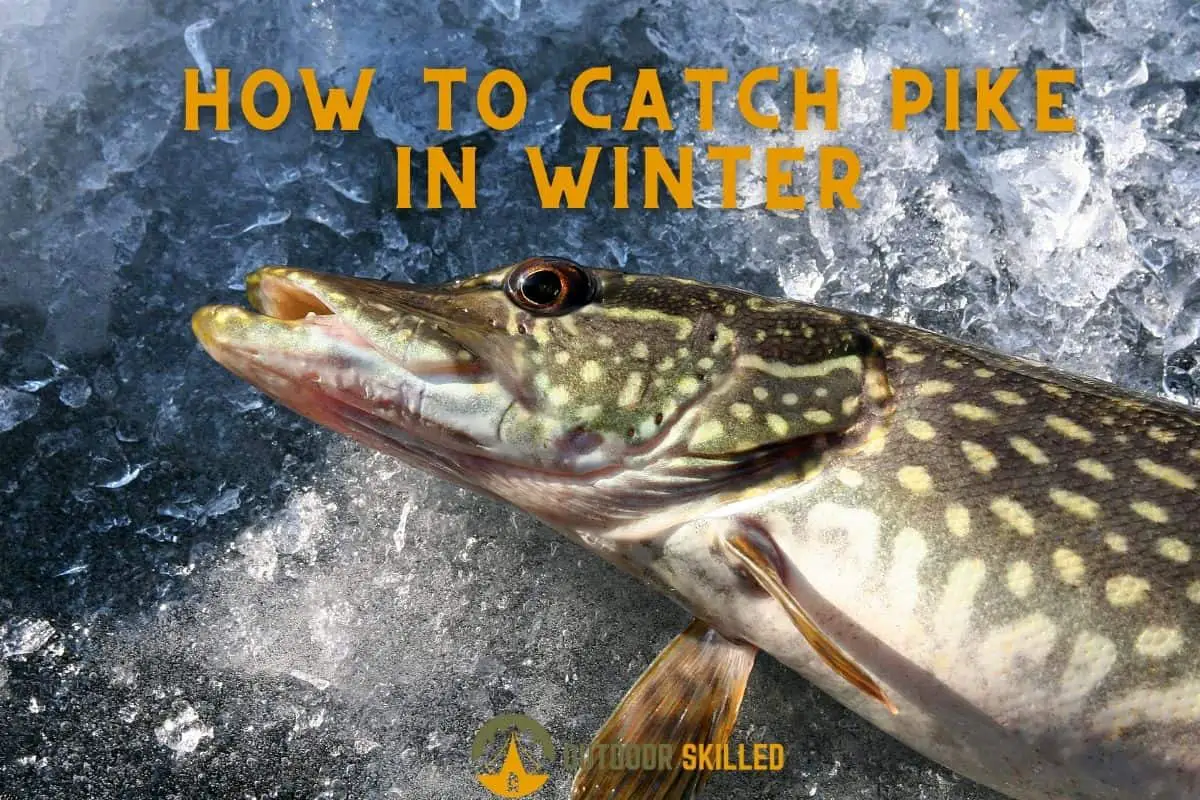
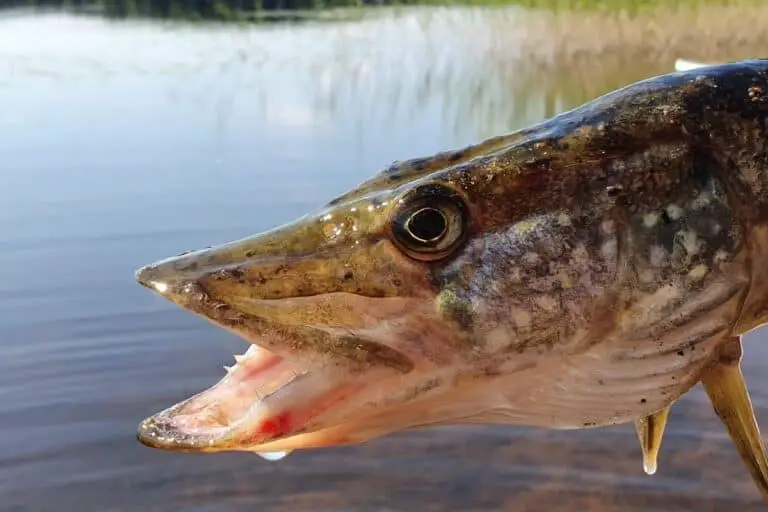
![Do Pike Eat Shrimp? [A Guide to Catching Pike with Shrimp]](https://outdoorskilled.com/wp-content/uploads/2022/04/shrimp-as-bait-on-hook-768x512.jpeg)
![Do Northern Pike Eat Bluegill? A Simple Guide [With Video]](https://outdoorskilled.com/wp-content/uploads/2021/10/northern-pike-fish-swimming-768x512.jpg)
